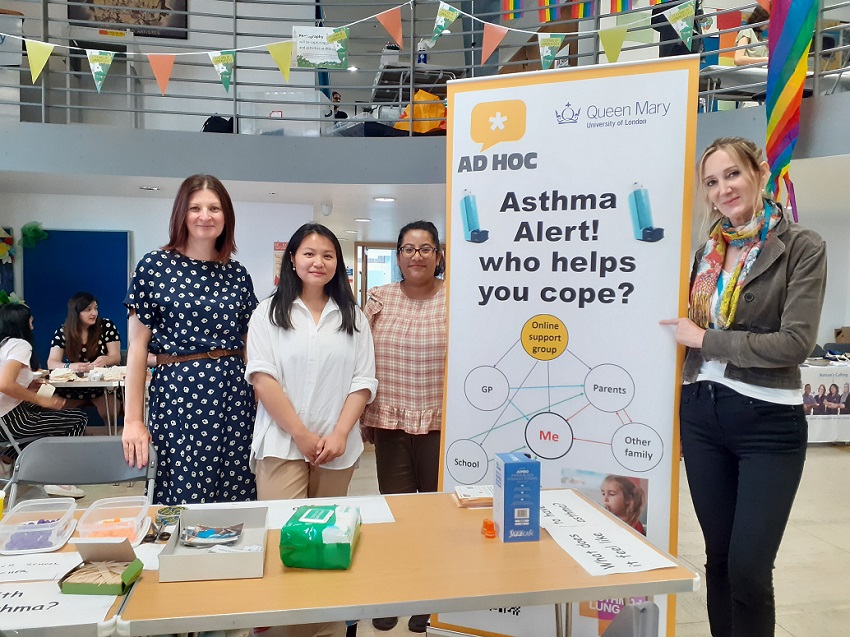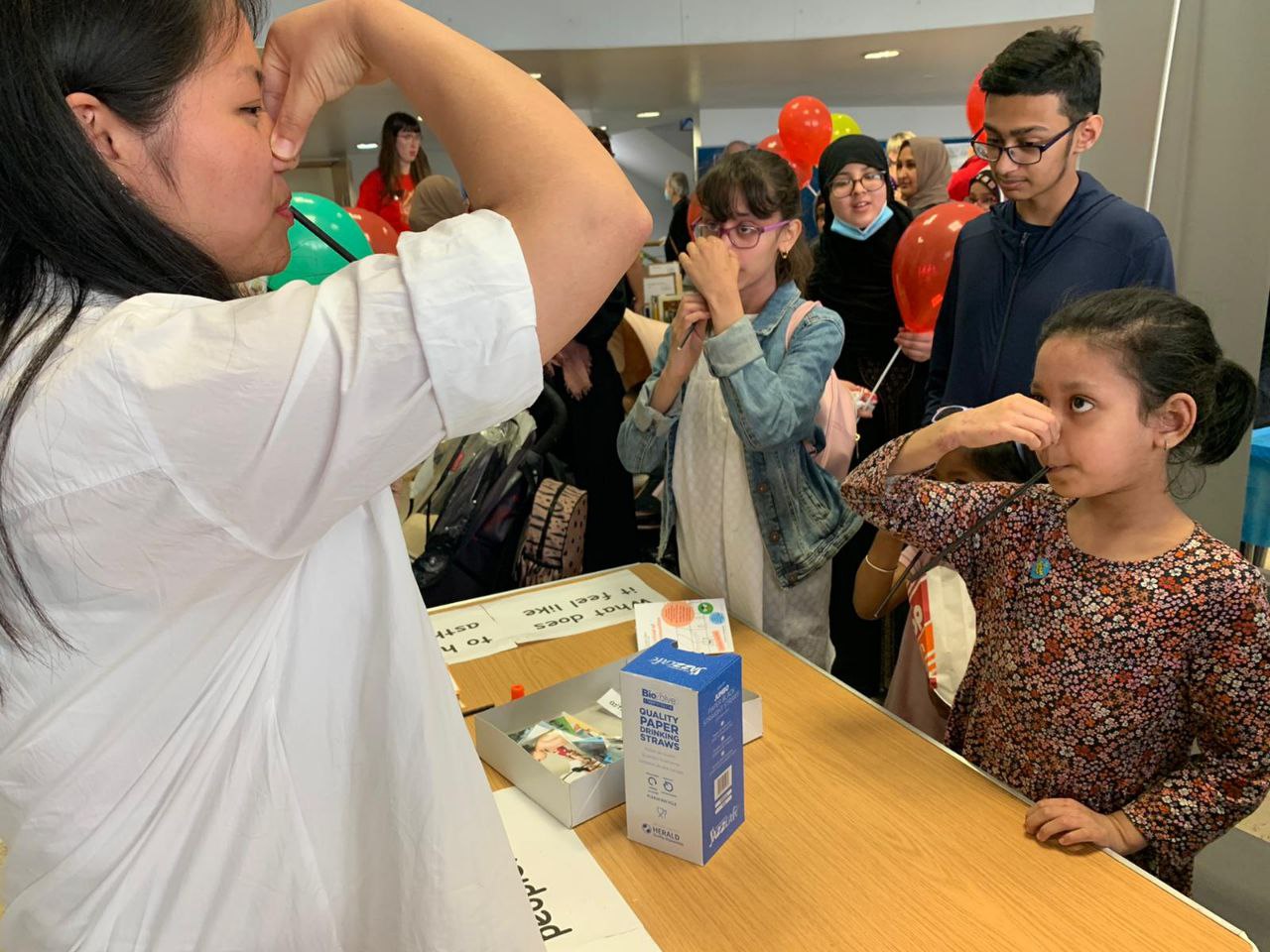Research
The problem
4.3 million adults live with asthma in the UK; more than a third of them experience troublesome asthma symptoms and many experience anxiety. Supporting self-management for people with long-term conditions like asthma has proved difficult in the past. New approaches are needed.
Online health communities are beginning to be used in healthcare. For example, NHS Digital Facebook groups to promote cancer screening. Evidence that they make a real difference, though, is sparse. We found that in an online health community up to 95% of requests for information received replies. In the Asthma UK community, peer advice helped people with taking their inhalers. Members of the community gained a sense of reward through helping and interacting with peers.
Information and support spread through online communities thanks to a small number of very active ‘superusers' (knowledgeable people who are regularly active online). Superusers act as catalysts to bind an online community together and help to maintain it. Only ten superusers are needed for an online community of 1,000 people to flourish. Patients working with us said that just having someone to talk to, who understands your condition can sometimes be all that is required to relieve anxiety and potentially avoid an exacerbation.
What we’ll do
- Through a survey, identify people with troublesome asthma, and via their GP, invite them to join the Asthma UK online health community
- Design the best way of evaluating the impact of joining an asthma online health community
- Maximise the safety of online communities through developing recommendations for moderators
- Find out the best ways to encourage people to participate in our study in 3 GP practices
- Using the best research methods, test the impact of joining an online health community on the health of people with troublesome asthma from 50 GP practices

If successful, we will work together with our patient and public involvement (PPI) colleagues to promote this model nationally and internationally for asthma and take it forward for people with other long-term conditions.